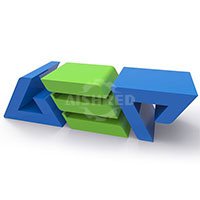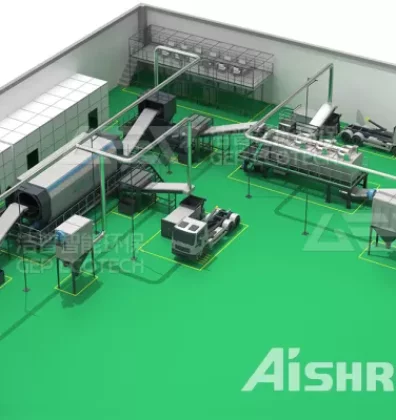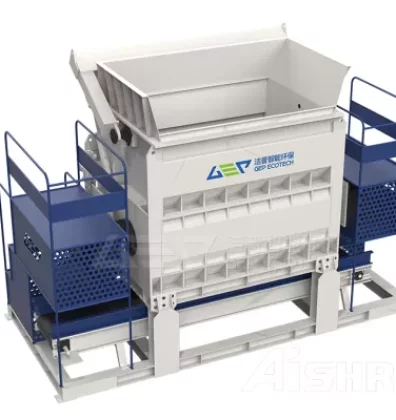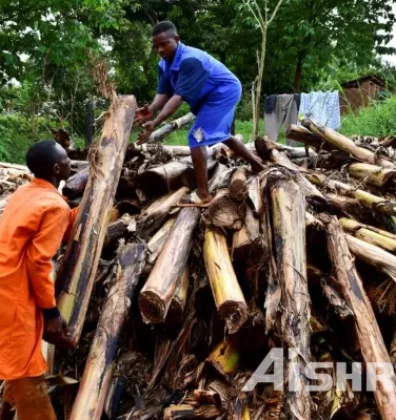Effective waste management is crucial for maintaining a sustainable environment. In this article, we will explore an optimized waste disposal process that incorporates the use of advanced equipment: the double-shaft shredder, magnetic separator, trommel screen, single-shaft shredder, and air separator. These devices work in synergy to maximize the recycling potential of various types of solid waste, contributing to a cleaner and greener future.
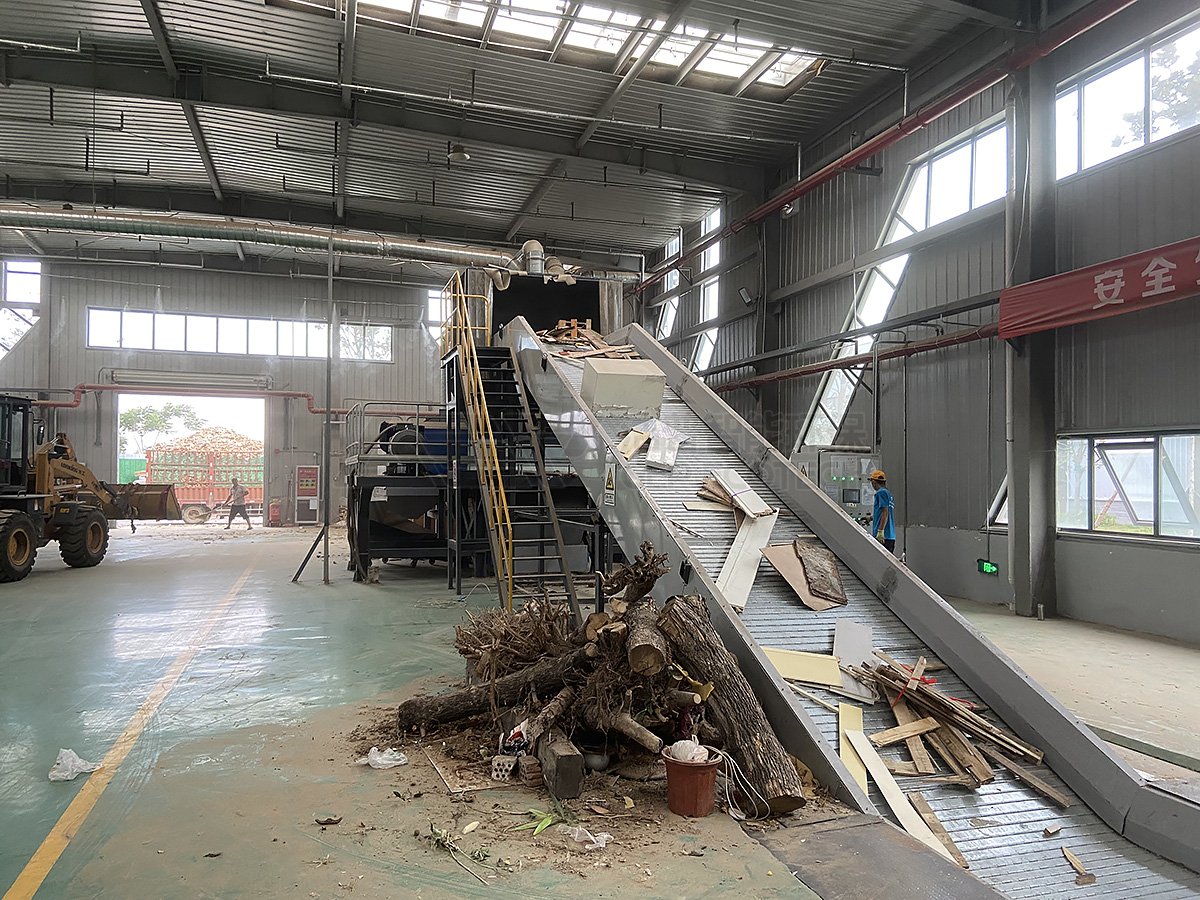
- Double-Shaft Shredder:
The double-shaft shredder is a versatile machine designed to handle a wide range of waste materials, including household waste. Equipped with two counter-rotating shafts and numerous sturdy cutting blades, it effectively reduces solid waste into smaller, uniform particles. This shredder ensures efficient material breakdown, facilitating subsequent sorting and recycling processes. - Magnetic Separator:
Following the double-shaft shredding process, the waste stream then enters the magnetic separator. This equipment utilizes powerful magnets to attract and separate ferrous metals, such as iron and steel, from the shredded waste. By removing these metals, the magnetic separator not only ensures the purity of the waste stream but also enhances the recycling potential of non-metallic materials. - Trommel Screen:
Once separated from ferrous metals, the waste stream passes through a trommel screen. The trommel screen consists of rotating cylinders with various-sized perforations, which effectively classify the shredded waste by size. This classification process allows for the separation of different fractions, optimizing the subsequent recycling steps. - Single-Shaft Shredder:
After classification, larger waste components proceed to the single-shaft shredder for further reduction in size. This shredding equipment employs a single rotating shaft with multiple cutting blades, effectively transforming larger waste pieces into smaller, manageable fragments. The single-shaft shredder ensures uniformity in waste size and enhances the efficiency of subsequent sorting and recycling processes. - Air Separator:
The final step in the optimized waste disposal process involves the use of an air separator. This device uses air currents to separate waste streams based on their density. As lighter materials, such as paper and plastic, are carried away by the air currents, heavier materials, including glass and metals, fall down into designated collection areas. The air separator maximizes the recycling potential of different waste fractions, contributing to a more efficient and eco-friendly waste management system.
Implementing an optimized waste disposal process that incorporates the double-shaft shredder, magnetic separator, trommel screen, single-shaft shredder, and air separator offers numerous benefits. These advanced equipment work together to efficiently break down, sort, and recycle various types of solid waste. By maximizing the recycling potential of non-metallic materials and separating ferrous metals, this process contributes to a more sustainable and environmentally friendly future. Let us embrace such innovative solutions to ensure a cleaner and greener planet for generations to come.

